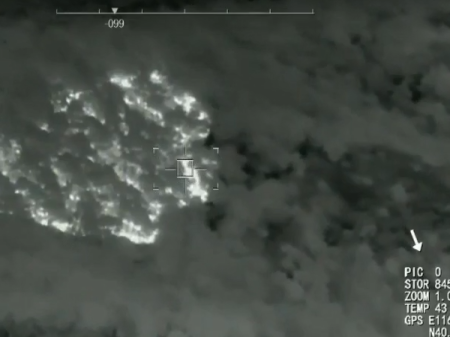Wildfires pose a catastrophic threat to forests, wildlife, and human communities. Traditional fire detection methods often fall short in identifying hidden hotspots or responding to emergencies in real time. Enter infrared thermal imaging technology—a game-changer in modern wildfire prevention. This article explores how thermal cameras detect heat anomalies, enable rapid response, and protect vulnerable ecosystems.
1. The Science Behind Infrared Thermal Imaging
Infrared (IR) thermal cameras detect heat radiation emitted by objects, converting it into visible images that highlight temperature differences. Unlike visible-light cameras, thermal sensors:
- Operate in total darkness, smoke, or fog.
- Identify temperature variations as small as 0.1°C.
- Pinpoint heat sources through dense foliage.
These capabilities make IR imaging ideal for early wildfire detection, even before flames become visible.
2. Key Applications in Forest Fire Management
A. Early Detection of Hidden Hotspots
Smoldering fires beneath the forest floor or within peatlands can burn undetected for days. Thermal drones and fixed IR cameras scan vast areas, identifying subtle heat signatures that indicate potential ignition points. For example, the U.S. Forest Service reported a 40% reduction in fire escalation after deploying aerial thermal surveys in high-risk zones.
B. Real-Time Monitoring and Rapid Response
Infrared systems integrated with AI algorithms analyze thermal data 24/7. When abnormal heat patterns emerge, alerts are sent to firefighting teams, enabling containment within the critical "golden hour." In Australia, thermal-equipped towers reduced response times by 60% during the 2020 bushfire season.
C. Post-Fire Damage Assessment
After a wildfire, thermal imaging maps residual hotspots to prevent re-ignition. This technology also assesses vegetation recovery, guiding reforestation efforts.
3. Advantages Over Traditional Methods
- Accuracy: Reduces false alarms caused by dust or sunlight.
- Coverage: Monitors remote, inaccessible regions via drones or satellites.
- Cost-Efficiency: Lowers long-term expenses by preventing large-scale disasters. A 2023 study in Nature Sustainability found that IR-based systems lowered wildfire suppression costs by $1.2 billion annually in fire-prone regions.
Infrared thermal imaging is no longer a luxury—it’s a necessity for sustainable forest management. By enabling early detection, rapid intervention, and data-driven strategies, this technology empowers communities to combat wildfires proactively. Ready to implement thermal imaging solutions? Contact us to safeguard your forests with cutting-edge wildfire detection systems.












